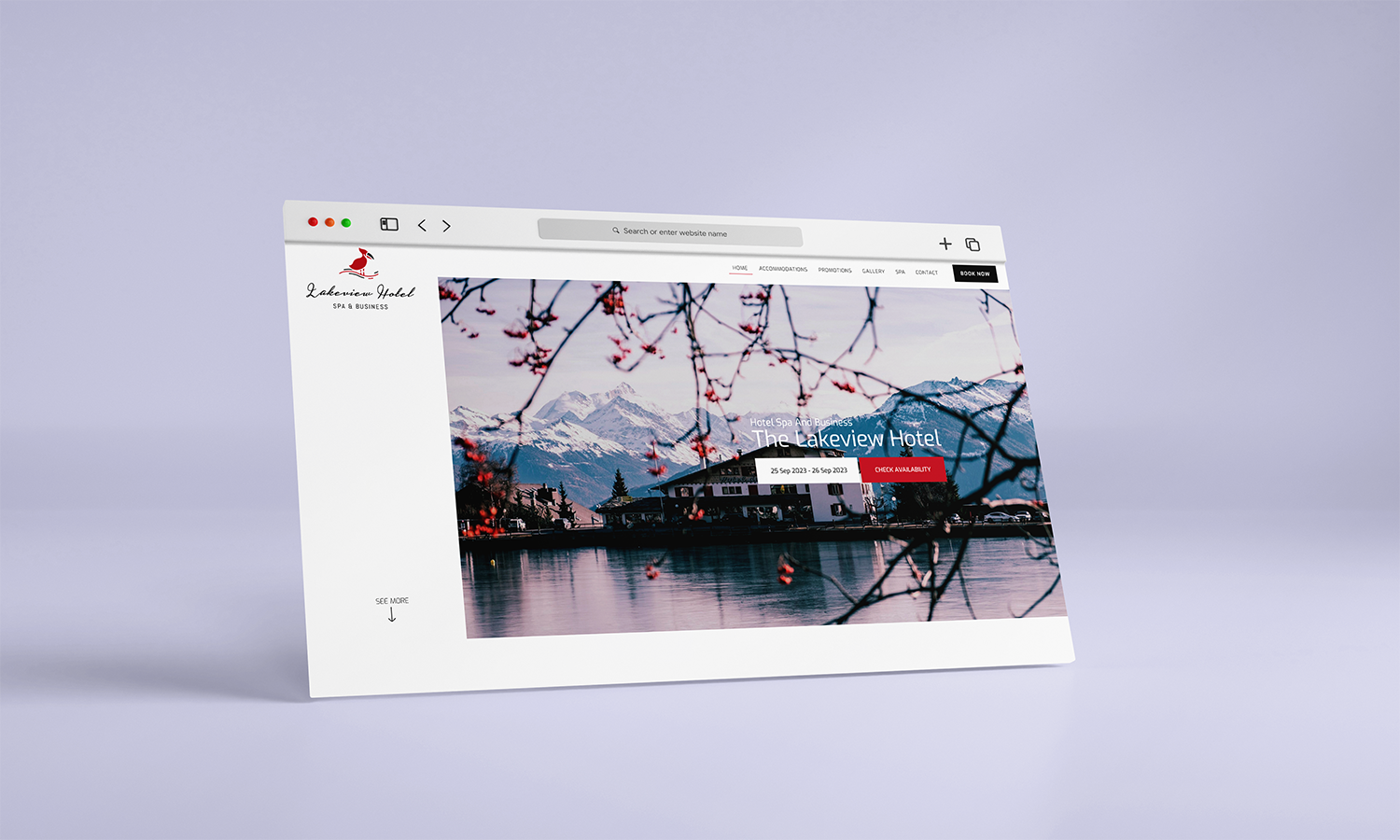In the realm of software development, two seemingly opposing forces have emerged: Software as a Service (SAAS) and Open Source Software (OSS). While SAAS typically involves proprietary software hosted on the cloud and offered as a subscription service, OSS is freely available for modification and distribution. At first glance, they might seem at odds, but in reality, these two can work together harmoniously, creating a synergy that benefits developers, businesses, and end-users alike. Here’s why:
1. Innovation Through Collaboration
Open Source thrives on community collaboration. When developers from diverse backgrounds contribute to a project, it results in a richer set of features, improved security, and rapid innovation. SAAS companies can leverage this by integrating open-source components into their solutions or by contributing to existing projects. This not only accelerates development but also taps into the collective intelligence of the global developer community.
2. Cost Efficiency
One of the primary advantages of using open-source software is cost savings. SAAS companies can reduce development costs by utilizing open-source tools and frameworks. This can lead to more competitive pricing for end-users and higher profit margins for businesses.
3. Flexibility and Customization
Open Source Software is inherently customizable. SAAS providers can take an open-source project and tailor it to their specific needs, ensuring that their service offers unique features that set them apart from competitors. This flexibility can be a significant selling point for potential customers.
4. Transparency and Trust
In an age where data privacy and security are paramount, using open-source components can be a boon for SAAS providers. The transparent nature of OSS allows for peer reviews, which can identify and rectify vulnerabilities. When SAAS companies adopt open-source tools, they send a message to their users that they prioritize transparency and trust.
5. Hybrid Models are Emerging
Many SAAS companies are adopting a hybrid model, where they offer a core product as open source and provide premium features or services as a subscription. This approach allows them to build a community around their product while still generating revenue. Examples include GitLab and Red Hat.
6. Continuous Feedback Loop
The open-source community is vocal and active. By integrating open-source components, SAAS companies can benefit from continuous feedback, which can be invaluable for product improvement and innovation.
7. Supporting the Ecosystem
By contributing to open-source projects or releasing their tools as open source, SAAS companies can give back to the community. This not only fosters goodwill but also positions the company as a thought leader and innovator in the industry.
8. Future-proofing
Technologies and trends evolve rapidly. By aligning with the open-source community, SAAS providers ensure that they are always at the forefront of technological advancements. The collaborative nature of OSS means that tools and solutions are continuously updated to meet the latest challenges and requirements.
Conclusion:
The marriage of SAAS and Open Source is not just possible; it’s a thriving reality. By recognizing the strengths of both and leveraging them in tandem, businesses can create robust, innovative, and cost-effective solutions that cater to a wide range of needs. As the lines between proprietary and open-source software continue to blur, it’s clear that the future of software development lies in collaboration, openness, and shared innovation.





